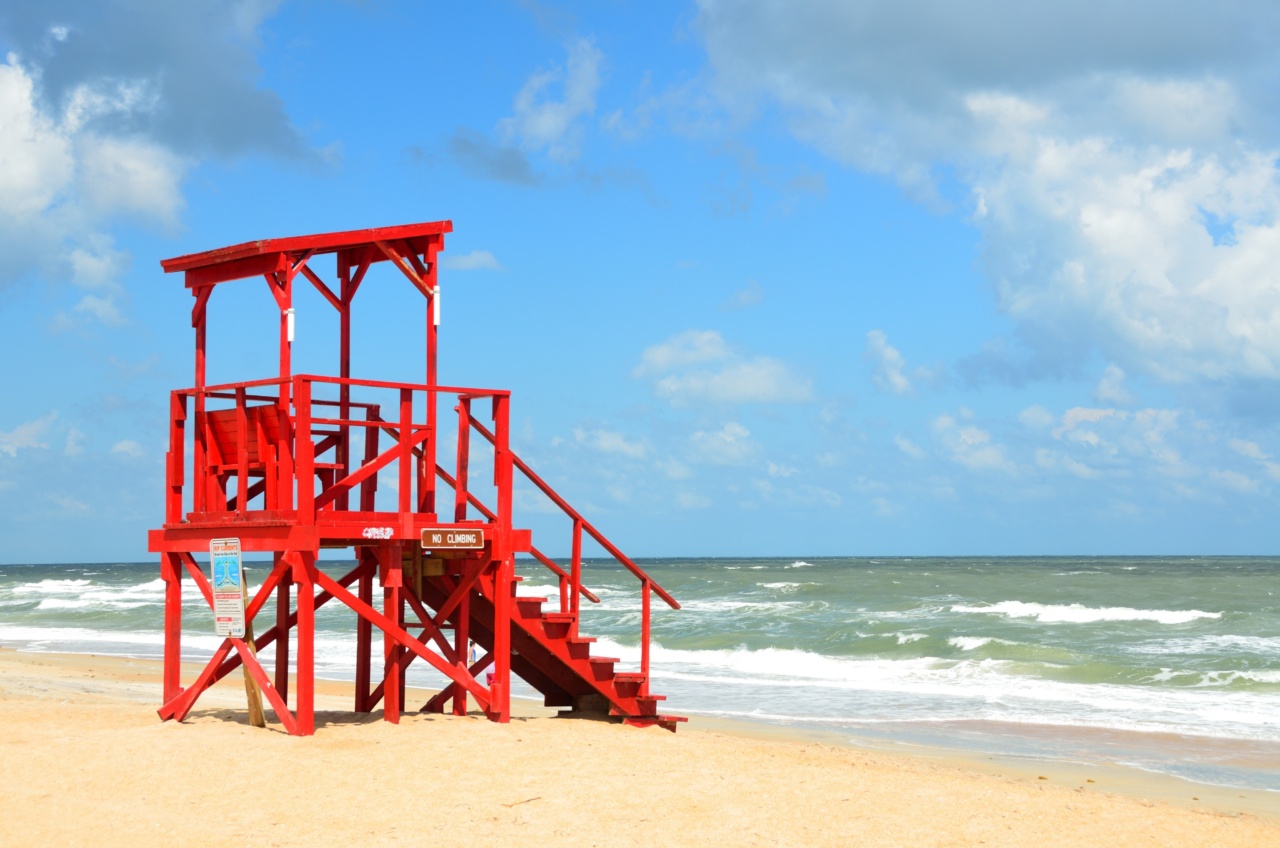As the summer season approaches, many families take the opportunity to spend some quality time at the beach. For our furry friends, the beach is a dream come true – miles of sand to run and play on, and a vast, cool ocean to jump into.
However, the beach can also be a place of danger and risk for dogs. As responsible dog owners, it is our duty to ensure that our dogs stay safe and healthy while enjoying the ocean. Here are seven beach safety tips to keep in mind when taking your dog to the beach.
Tip #1: Choose a Dog-Friendly Beach
Before heading out to the beach, make sure that it is dog-friendly. Not all beaches allow dogs, and even those that do may have certain restrictions or time limits.
Researching dog-friendly beaches in your area prior to your trip can save you a lot of hassle and disappointment. Also, keep in mind that some beaches may require that your dog be on a leash at all times, whereas others may allow off-leash play in designated areas.
Knowing the rules and regulations of the beach you choose can help to ensure a safe and enjoyable experience for both you and your dog.
Tip #2: Monitor your Dog’s Sun Exposure
Just like humans, dogs are susceptible to the effects of too much sun exposure, such as sunburn, heatstroke, and dehydration. To prevent these issues, make sure your dog has access to shade and plenty of fresh water throughout the day.
You can also bring a beach umbrella or tent to provide additional shade. Applying canine sunscreen, particularly to vulnerable areas such as the nose, ears, and belly, can also protect your pup’s delicate skin from harmful UV rays.
Remember to reapply sunscreen as needed, especially after swimming or prolonged exposure to water.
Tip #3: Use a Life Jacket for Swimming
Not all dogs are strong swimmers, and even those that are may tire quickly or struggle in rough or choppy water. To ensure your dog’s safety while swimming, consider investing in a life jacket.
A life jacket can provide additional buoyancy and support, making it easier for your dog to stay afloat and swim back to shore. It can also make your dog more visible in the water, making it easier for you or others to keep an eye on them. Make sure to choose a life jacket that fits your dog properly, and introduce it to them gradually to give them time to adjust.
Tip #4: Beware of Currents and Tide Changes
Ocean currents and tide changes can be unpredictable and dangerous, even for experienced swimmers. Dogs are particularly at risk, as they may not understand or be able to navigate these changes on their own.
Keep a close eye on your dog when they are swimming or playing near the water’s edge, and be aware of any sudden changes in the water’s depth or movement. If you notice any signs of distress or struggle, call your dog back to shore immediately. It is also a good idea to familiarize yourself with the local beach and ocean conditions prior to your trip to be aware of any potential risks.
Tip #5: Watch for Signs of Illness or Injury
Spending time at the beach can expose your dog to a variety of health risks, such as sunburn, dehydration, parasites, and contaminated water.
Watch for signs of illness or injury, such as lethargy, vomiting, diarrhea, lameness, or changes in appetite or behavior. If you notice any of these symptoms, seek veterinary care as soon as possible.
You can also prevent many health issues by keeping your dog up to date on their vaccinations and flea and tick prevention medication, and by keeping them away from areas where sewage or other pollutants may be present.
Tip #6: Avoid Sharing Food or Water
While it may be tempting to share your beach snacks with your furry friend, it is best to avoid doing so. Human food, especially salty or sugary treats, can upset your dog’s stomach and lead to dehydration.
It can also attract seagulls or other animals, potentially putting your dog at risk of injury or illness. Likewise, allowing your dog to drink seawater can cause dehydration and other health issues, such as salt toxicity. Bring plenty of fresh water for your dog to drink, and pack dog-friendly snacks if you want to treat them to a beach picnic.
Tip #7: Keep Your Dog Under Control
Last but not least, it is essential to keep your dog under control at all times while at the beach. This means keeping them on a leash if required, or training them to come when called and obey basic commands.
Uncontrolled dogs can pose a risk to other beach-goers, wildlife, or even themselves. It is also important to be mindful of your dog’s behavior and body language, and to intervene if you notice any signs of aggression or anxiety.
Remember, a responsible dog owner is one who ensures their dog’s safety and happiness, while also respecting the rights and well-being of others.






























